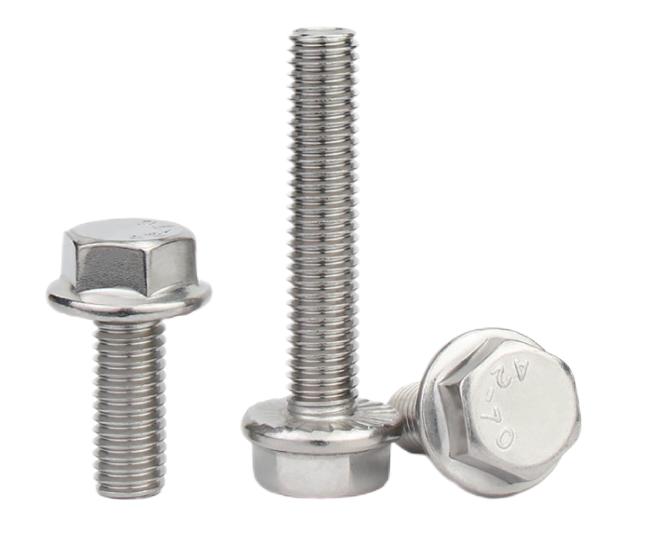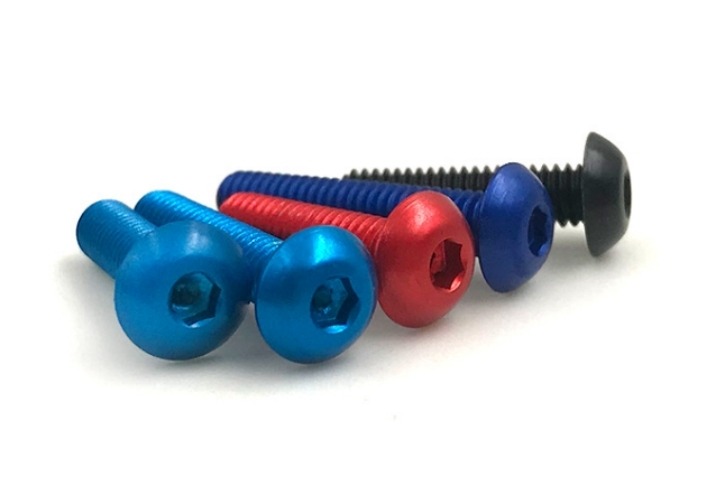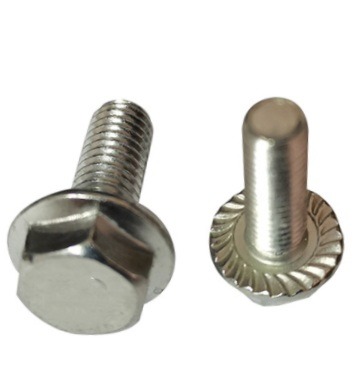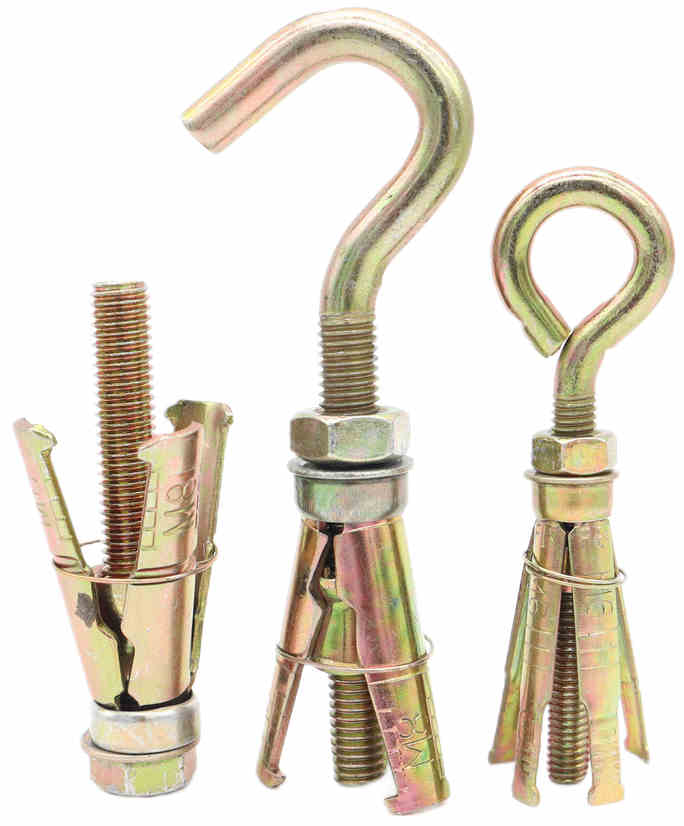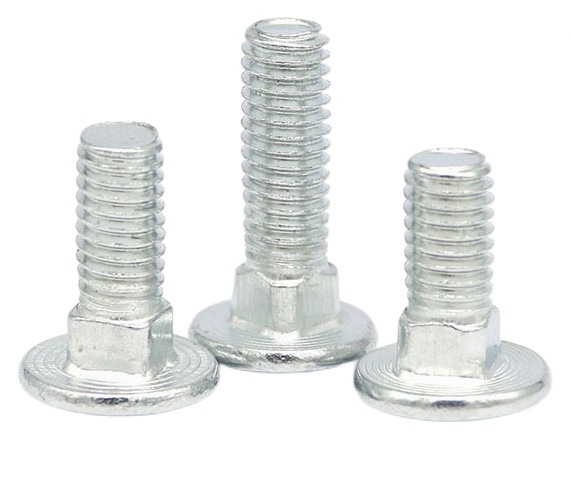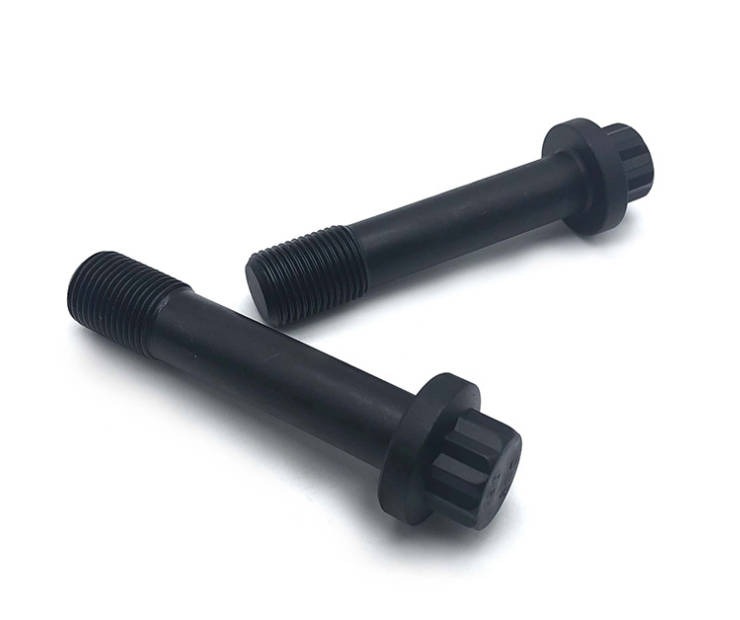What Are the Factors That Affect Salt Spray Test?
What is Salt Spray Test?
A salt spray test is a kind of environmental test that mainly uses the artificial simulated salt spray environment conditions created by salt spray test equipment to evaluate the corrosion resistance of products or metal materials.
It can be divided into two categories, one is the natural environment exposure test, and the other is the artificial accelerated simulated salt spray environment test.

What is the Artificial Simulated Salt Spray Environment Test?
Artificial simulation of salt spray environment test is to use test equipment with a certain volume space – the salt spray test chamber, in its volume space with artificial methods to create a salt spray environment to evaluate the quality of salt spray corrosion resistance of products.
Advantages:
Compared with the natural environment, the salt concentration of chloride in the salt spray environment can be several times or dozens of times of the salt spray content in the general natural environment, which greatly increases the corrosion speed and shortens the time for obtaining results in the salt spray test. If a product sample is tested under a natural exposure environment, it may take one year to corrode, but if tested under an artificial simulated salt spray environment, it only takes 24 hours to get similar results.
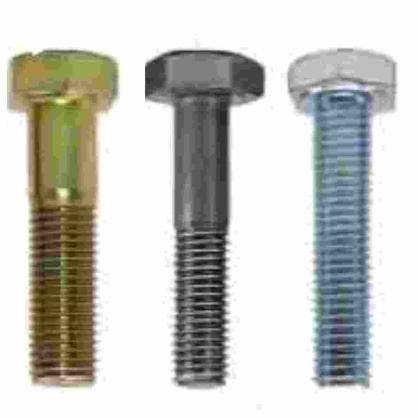
Why Should the Product Be Tested with Salt Spray?
The salt spray test will be affected by various factors. The salt spray test is mainly used to evaluate the corrosion resistance of products or metal materials.
What Are the Factors Affecting the Salt Spray Test?
The main factors affecting the results of the salt spray test include test temperature and humidity, the concentration of the salt solution, sample placement Angle, pH value of the salt solution, sedimentation amount of salt spray, and spray mode.
Test Temperature and Humidity
- Test temperature
Temperature and relative humidity affect the corrosion of salt spray. The critical relative humidity for metal corrosion is about 70%. When the relative humidity reaches or exceeds this critical humidity, the salt will deliquescence to form a conductive electrolyte. When the relative humidity decreases, the concentration of the salt solution will increase until crystallized salt is precipitated, and the corrosion rate will decrease accordingly.
- Test humidity
The higher the test temperature, the faster the corrosion speed of the salt spray. According to the International Electrotechnical Commission, “for every 10℃ increase in temperature, the corrosion rate increases by two to three times, and the conductivity of the electrolyte increases by 10 to 20 percent.” This is because the temperature increases, the molecular movement increases, and the chemical reaction speed up the result. For the neutral salt spray test, most scholars believe that the test temperature of 35℃ is more appropriate. If the test temperature is too high, the salt spray corrosion mechanism is very different from the actual situation.
Concentration of Salt Solution
The effect of salt solution concentration on corrosion rate is related to the type of material and coating.
When the concentration is below 5%, the corrosion rate of steel, nickel, and brass increases with the increase in concentration.
When the concentration is more than 5%, the corrosion rate of these metals decreases with the increase in concentration.
This phenomenon can be explained by the oxygen content in the salt solution, the oxygen content in the salt solution is associated with the concentration of salt, within the scope of the low concentration, oxygen content increases with the increase of salt concentration, however, when the salt concentration increased to 5%, oxygen content at relatively saturated, if salt concentration continued to increase, the oxygen content is reduced. As oxygen content decreases, the depolarization ability of oxygen also decreases, i.e. the corrosion effect is weakened.
However, for zinc, cadmium, copper, and other metals, the corrosion rate always increases with the increase in salt concentration.
the Placement Angle of the Sample
The placement Angle of the sample has an obvious influence on the results of the salt spray test.
The sedimentation direction of salt spray is close to the vertical direction. When the sample is placed horizontally, its projection area is the largest, and the sample surface bears the most salt spray, so the corrosion is the most serious. The results show that the corrosion weight loss per square meter is 250 g when the steel plate is at a 45-degree angle to the horizontal line, and 140 g per square meter when the steel plate is parallel to the vertical line.
The GB/T2423.17-93 standard stipulates that “the plate sample shall be placed in such a way that the test surface shall be at an Angle of 30 degrees from the vertical direction.”
the Ph of a Salt Solution
The pH value of the salt solution is one of the main factors affecting the results of the salt spray test.
The lower the pH, the higher the concentration of hydrogen ions in the solution, and the more acidic and corrosive it is. The salt spray tests of Fe/Zn, Fe/Cd, Fe/Cu/Ni/Cr, and other electroplated parts show that the acid spray test (ASS) with a pH of 3.0 is 1.5 ~ 2.0 times harsher than the neutral salt spray test (NSS) with a pH of 6.5 ~ 7.2. The PH of salt solution changes due to environmental factors.
Sedimentation Volume and Spray Mode of Salt Spray
The finer the salt spray particles, the greater the surface area formed, the more oxygen adsorbed, and the more corrosive. More than 90% of salt spray particles in nature have a diameter of less than 1 micron. The results show that the oxygen adsorption on the surface of salt spray particles with a diameter of 1 micron is relatively balanced with the oxygen dissolved in the particles. No matter how small the salt spray particles are, the oxygen adsorption will not increase.
Traditional spray methods include the pressure spray method and spray tower method, but the obvious disadvantages are the poor uniformity of salt spray sedimentation and the large diameter of salt spray particles. The ultrasonic atomization method uses the principle of ultrasonic atomization to atomize salt solution into the salt spray and diffuses into the test area, which solves the problem of poor uniformity of salt spray sedimentation. Moreover, the diameter of salt spray particles is smaller, and different spray methods will also have an impact on the PH value of the salt solution.
As an excellent fastener manufacturer in China, KENENG can provide customers with high-quality fasteners and conduct strict quality inspections before leaving the factory. You can safely tell us your concerns and needs, and we will provide you with the best manufacturing and purchasing solutions.

